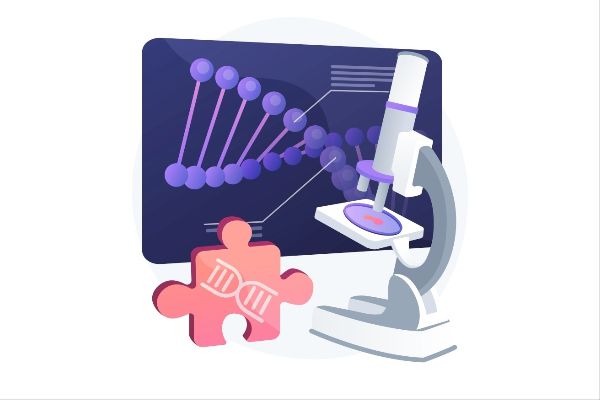Neuroinflammation: Alzheimer's Promising Treatment Target
In the early 20th century, Alois Alzheimer identified neuroinflammation as a factor in the disease now named after him, noting the presence of microglia cells in his initial sketches. Bruce Lamb, executive director of the Paul and Carole Stark Neurosciences Research Institute and co-founder of Monument Biosciences, a company focused on Alzheimer's treatments targeting neuroinflammation, confirms that microglia are central to the condition. Studies have shown that these brain immune cells react to amyloid deposits, potentially disrupting neuronal function.
Over the past fifteen years, genetic research into late-onset Alzheimer's has highlighted the involvement of microglia, as many associated genes are expressed in these cells. Analysis of human data has further implicated inflammatory pathways in the disease's progression.
Biotech companies are now targeting various aspects of neuroinflammation to treat Alzheimer's. Vigil Neuroscience and Alector Therapeutics are focusing on TREM2, a protein involved in microglial regulation that is activated by amyloid deposits. Lamb's company is concentrating on genes downstream of TREM2, such as PLCG2 and INPP5D, which are genetically linked to Alzheimer's.
Cerevance is pursuing a different strategy by targeting the KCNK13 gene, which is specific to microglia and upregulated in response to neuroinflammation. Their compound, CVN293, has shown promise in reducing brain inflammation without affecting the peripheral immune system. The company is currently in Phase I trials for this treatment, with results expected in 2024.
NeuroTherapia, founded by Mohamed Naguib, is developing a CB2 receptor agonist, NTRX-07, which has demonstrated the ability to shift microglia from a proinflammatory to an anti-inflammatory state, enhancing amyloid clearance and neuronal function. Phase II trials for NTRX-07 are anticipated later this year.
Experts agree that a multifaceted approach is necessary to address the complexity of Alzheimer's disease, with a combination of treatments likely required. Cerevance is also exploring additional novel compounds targeting different aspects of the disease. Anti-amyloid antibodies, such as Leqembi, are thought to work primarily through microglia, and there is interest in combining these antibodies with treatments that target microglia to improve amyloid removal and prevent side effects like ARIA.
Lamb believes that therapies targeting immune pathways are promising candidates for the next significant breakthrough in Alzheimer's treatment. Heather McKenzie, a senior editor at BioSpace, provides further insights into these developments.
How to obtain the latest research advancements in the field of biopharmaceuticals?
In the Synapse database, you can keep abreast of the latest research and development advances in drugs, targets, indications, organizations, etc., anywhere and anytime, on a daily or weekly basis. Click on the image below to embark on a brand new journey of drug discovery!




